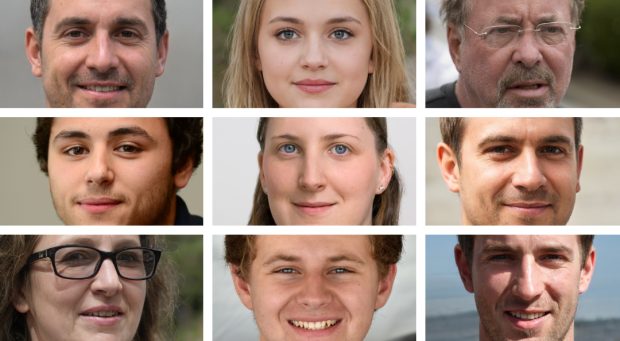
Seeing is believing as the saying goes but that adage is being sorely tested with the growth of artificial intelligence.
It has made huge inroads into everyday technology including many of our mobile phones which open when they recognise our faces.
But according to research at Aberdeen University most of us would struggle to tell authentic faces from fake ones created by AI.
The fake faces can be created by computers by teaching them to analyse humans and replicate a version of them. It has sparked fears over the rise of identity theft whereby online scammers can mimic people we know and often trust.
The university’s psychology department collaborated with other universities in Australia and Canada to come up with a study which shows that a frightening number of people fail to tell the difference between real faces and AI ones.
In one study, the 124 participants wrongly judged the AI faces to be human almost two thirds of the time (65%).
They only correctly guessed the real faces to be human around half of the time (51%).
Worryingly, those who failed badly insisted that they had guessed correctly.
Guess who?
There are four real faces and five fakes in our gallery – see if you can tell the difference (answers at the bottom of the article)
Researcher Dr Clare Sutherland, of Aberdeen University’s School of Psychology, said the research shows that the AI faces made to look average and familiar with proportional features were most often rated as real people.
“Regularly shaped faces seen as average or normal looked real, even though they were often AI generated, and people also tended to be fooled by a sparkle about the eyes created by AI. Very attractive or stereotypically advert-like beautiful faces were also more likely to be deemed AI generated and in truth, that was often correct.”
White AI faces were more often judged as real than AI faces of other ethnicities. Researchers believe that is because AI has been inadvertently trained to become expert in mimicking white faces, creating serious inequalities.
“We expect that AI faces will continue to become more realistic in future, as the technology develops.”
The learning curve in recognising human faces peaks much later than the development of other skills in life. We are at our best recognising faces at 31, reveals prior US research, unlike other skills like athletics or football when many players have already peaked in their best physical performance.
Dr Sutherland confessed that she is a poor judge of distinguishing real from AI faces.
But she warns that we need to move fast to keep up with AI.
“We are in a race in gaining pace as the technology develops,” she continued. “It’s might seem common sense, but it’s useful to be sceptical when we’re browsing online.”
It raises the question of who is good at AI? “There are super-recognisers who work for the police assisting in facial identification,” she added.
But last month, the House of Lords Justice and Home Affairs committee wrote to the home secretary, James Cleverly, calling on him to urgently address concerns about live facial recognition use by police.
There are fears that it lacks “clear legal foundation”.
Are Scotland’s schools ready for a new age of AI-powered learning?
The committee says it “accepts that live facial recognition may be a valuable tool for police forces in apprehending criminals, but it is deeply concerned that its use is being expanded without proper scrutiny and accountability.”
Facial recognition being used by some supermarkets to identify shoplifters is under fire with shoppers in poorer areas complaining that they are being targeted in favour of those in wealthier towns.
Mindful of the impact on children going online, Aberdeen University is now inviting schools to visit the department of psychology to learn about online dangers of fraud and impersonation.
“We are mindful of the real need for children to become savvy about the risks of AI because it will be a huge part of their future,” Dr Sutherland said.
Answers: 1. AI fake, 2. AI fake, 3. Real, 4. AI fake, 5. Real, 6. Real, 7. Real, 8. AI fake, 9. AI fake

Enjoy the convenience of having The Sunday Post delivered as a digital ePaper straight to your smartphone, tablet or computer.
Subscribe for only £5.49 a month and enjoy all the benefits of the printed paper as a digital replica.
Subscribe
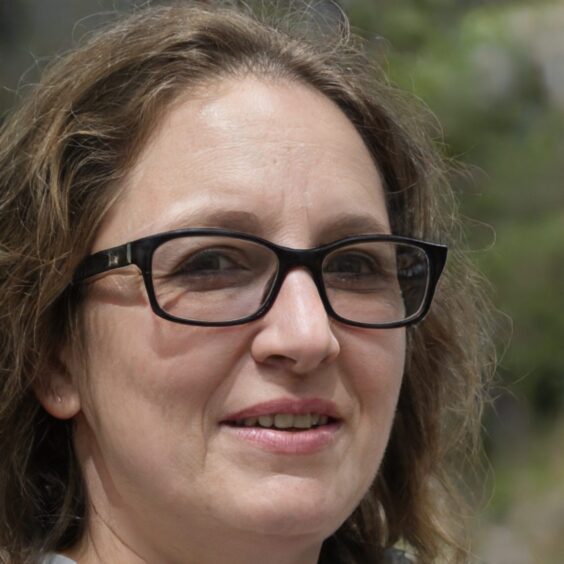
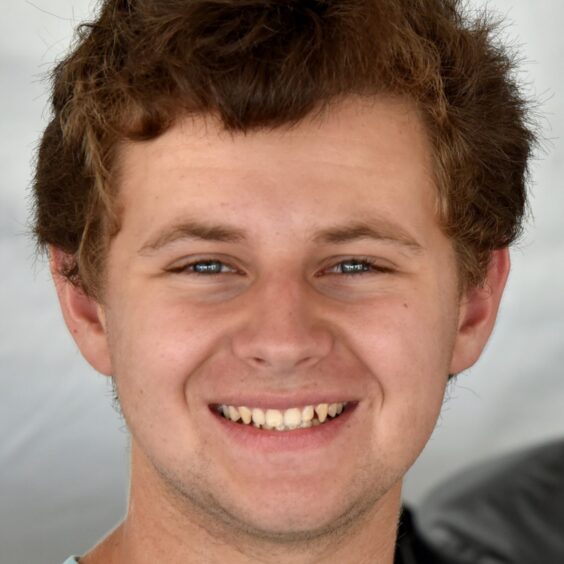


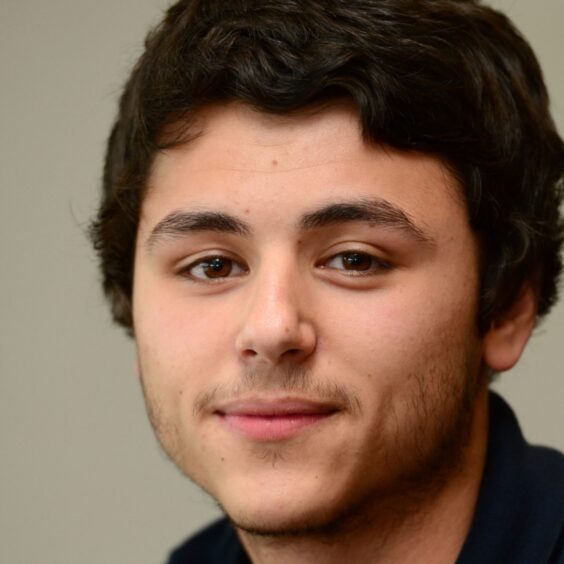

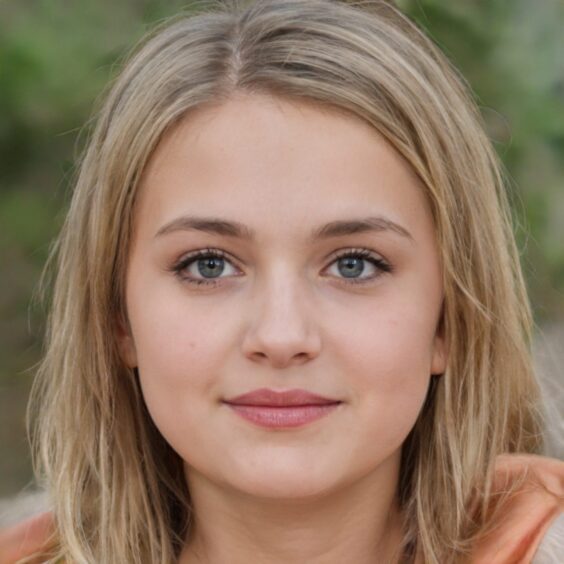

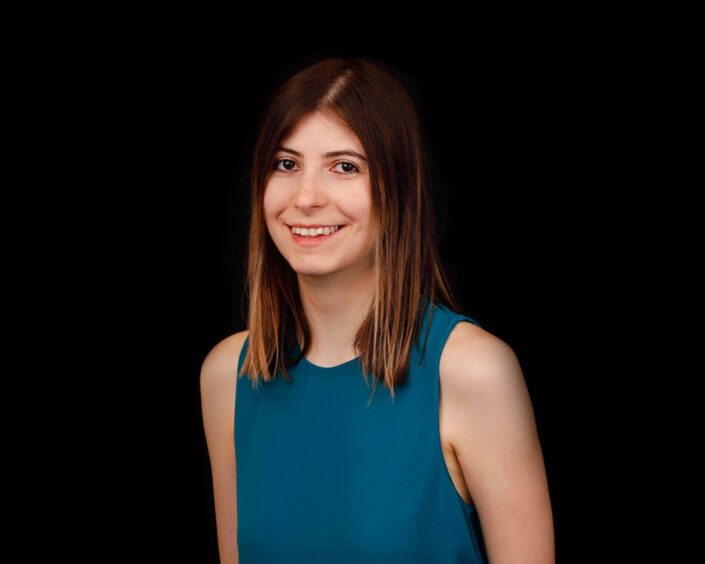 © ANN LEAVER
© ANN LEAVER